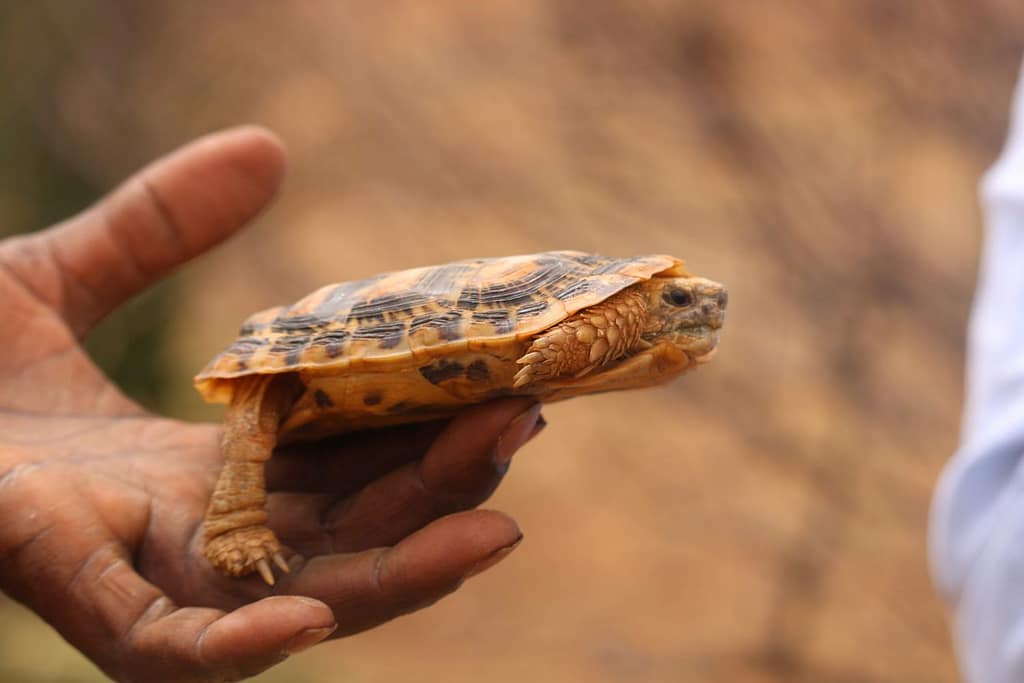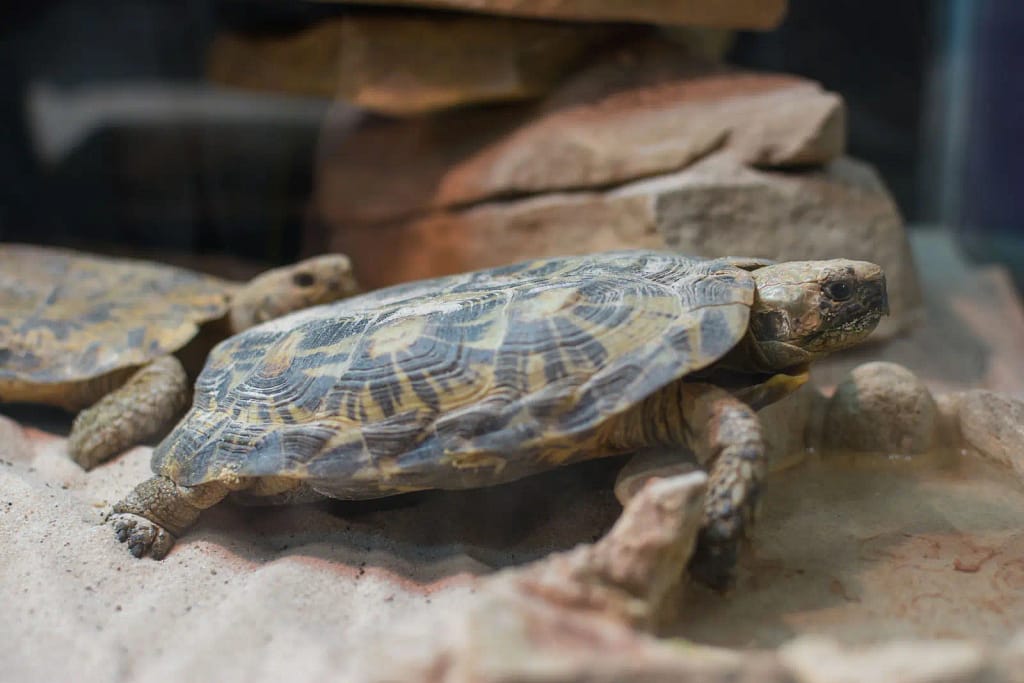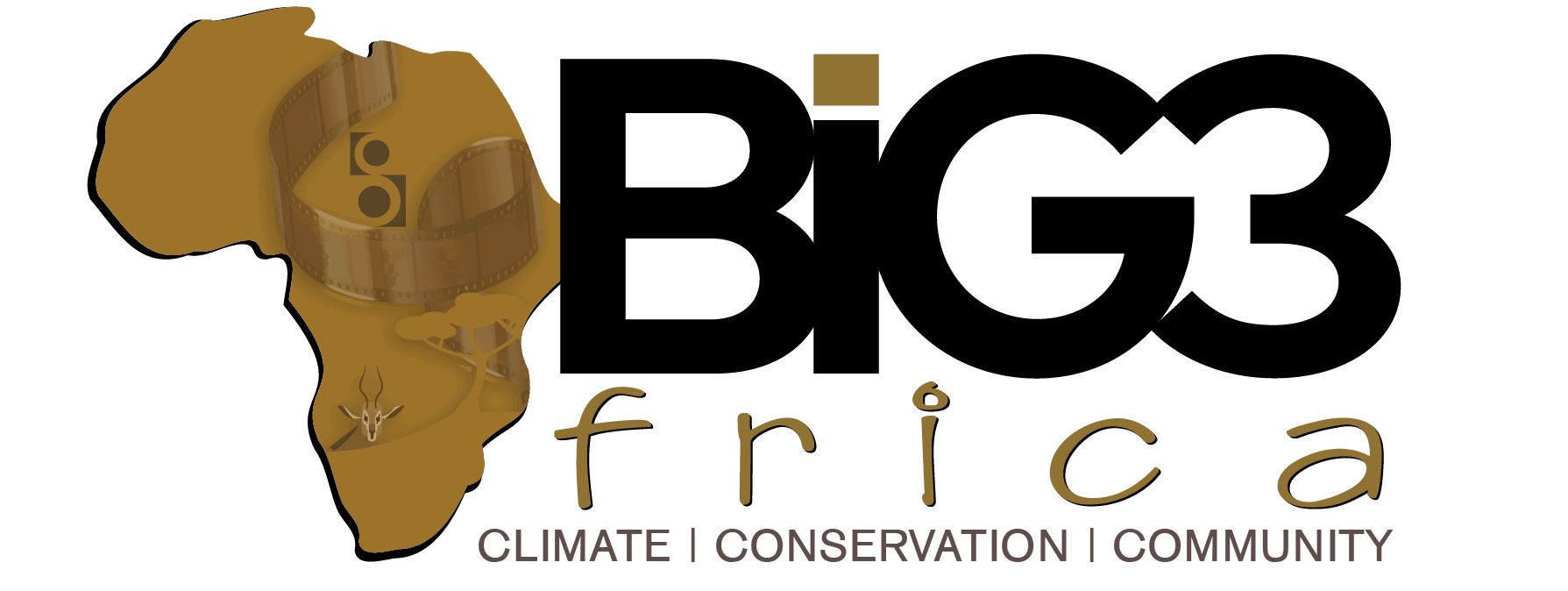Over 95% of the world’s Pancake Tortoise population is found on private and community lands across Kenya’s arid and semi-arid regions. This startling fact, recently shared by the Kenya Wildlife Service (KWS), underscores the critical role that local communities and landowners play in the survival of this uniquely adapted and critically endangered species.
The Pancake Tortoise (Malacochersus tornieri) is unlike any other tortoise. It possesses a flat, flexible shell that allows it to slip easily into narrow rock crevices to escape predators. This evolutionary trait gives it an agility not typically seen in tortoises, enabling it to move faster than most of its relatives. Native to East Africa, its range in Kenya includes counties such as Marsabit, Samburu, Isiolo, Laikipia, Kitui, Meru, Embu, Tana River, and Tharaka Nithi. These rocky outcrops, hills, and kopjes are the last strongholds of this species, and they are all situated outside protected areas.

The Pancake Tortoise’s distinct appearance and rarity have unfortunately made it a prime target in the international illegal pet trade. The demand for exotic pets continues to threaten their existence, placing additional pressure on already fragile wild populations. Despite its protected status under both Kenyan and international laws, including CITES, which restricts trade in endangered species, illegal collection persists, often fueled by poverty and lack of awareness.
What makes this situation especially urgent is that the vast majority of the Pancake Tortoise’s habitat is unprotected. Unlike wildlife in national parks, these tortoises depend entirely on the stewardship of communities living among them. These communities, many of whom are already battling the effects of climate change, land degradation, and limited resources, hold the key to the species’ future.

Conservation efforts must therefore go beyond official wildlife sanctuaries and embrace community-led strategies. Education, habitat preservation, responsible land management, and local enforcement are essential tools. Supporting these guardians through sustainable livelihoods, incentives, and conservation partnerships can empower them to protect this remarkable species.
Kenya’s Pancake Tortoise is more than a conservation curiosity—it is a symbol of how biodiversity and local communities are deeply intertwined. With the right support and awareness, communities can continue to serve as the frontline defenders of one of nature’s most peculiar and endangered reptiles.




